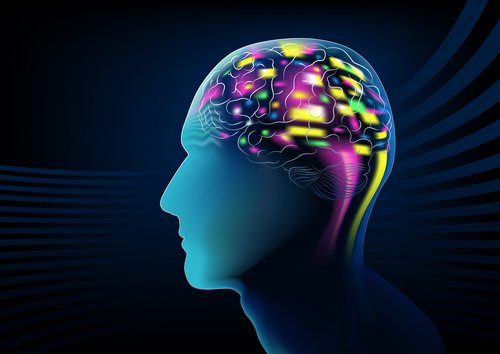Metabolic Changes in Certain Brain Regions May Be Associated with Huntington’s Motor Symptoms

A sluggish metabolism in the cells of the striatum, a brain region essential for motor function control, is associated with disease severity in Huntington’s patients, while a higher metabolism in other brain regions seems to be associated with more severe motor symptoms in patients, according to researchers.
These findings resulted from a study titled “Association Between Motor Symptoms and Brain Metabolism in Early Huntington Disease,” published in the journal JAMA Neurology.
Previous studies have proposed that changes in the metabolic rate of brain cells may be associated with clinical changes in patients with Huntington’s. Low brain metabolism has been suggested to be associated with clinical features of the degenerative process of Huntington’s.
Studies have also proposed that cell therapies could improve symptoms of Huntington’s patients by improving neuronal metabolism in motor regions of the brain.
And other research studies have reported that Huntington’s patients can present hyperactivation of neuron cells. The relevance of this process in the development and progression of Huntington’s disease is still unclear, but a few hypotheses have been proposed.
Neuron hypermetabolism may indicate a compensatory action in response to Huntington’s development, altered distribution of glucose (the nutrient that feeds neurons), or just a symptom of Huntington’s dysfunctional brain cells.
A French research team conducted a study to better understand the association between metabolic abnormalities in brain cells and the severity of motor symptoms in Huntington’s patients.
They evaluated the cerebral metabolism of 60 patients at an early stage of the disease and 15 healthy age-matched people for controls through positron emission tomography (PET) scan — an imaging technique that measures tissues metabolism — and analyzed the results in light of the participant’s motor skills.
The researchers found that a slower metabolism in the striatum was significantly associated with the severity of all motor scores. However, hypermetabolism of cells in other brain regions, such as the cuneus and the lingual gyrus (regions that control vision), were associated with reduced scores in chorea (involuntary movement disorder) and dystonia (uncontrolled contraction of muscle).
These results suggest that different regions of the brain can regulate their activity to compensate for Huntington’s disease processes.
Interestingly, they found that the cerebellum — a brain region involved in the regulation of motor skills — presented both hypo and hypermetabolic profiles in different sections. This suggests the cerebellum may have both compensatory and detrimental contributions to Huntington’s symptoms.
“This study helps to better understand the motor clinical relevance of hypermetabolic brain regions in [Huntington’s disease],” the researchers wrote.
Additional studies evaluating the metabolic changes during the progression of Huntington’s disease motor functions are still needed to confirm this hypothesis, the authors cautioned.






